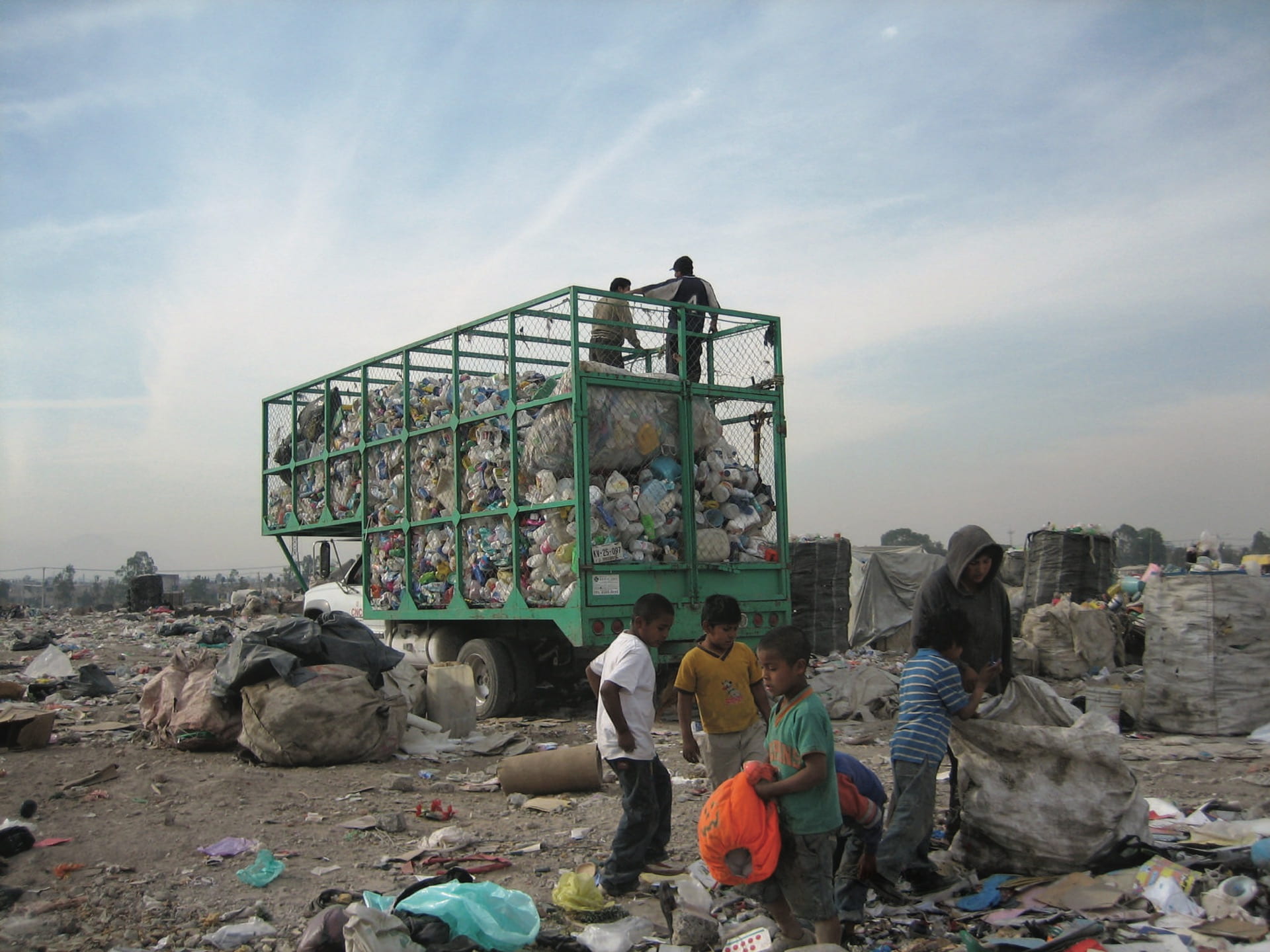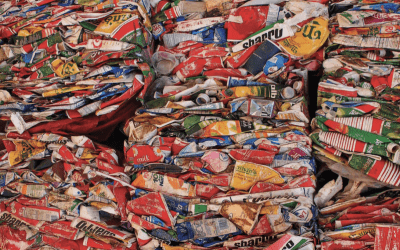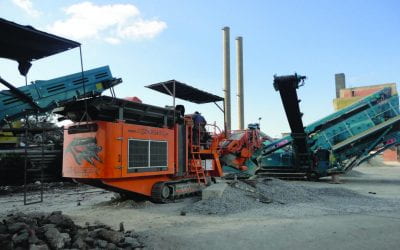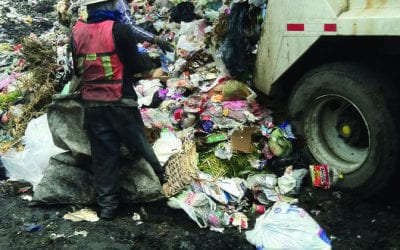Trash Moves
On Landfills, Urban Litter and Art
Trash moves, all the time. It becomes a steadily growing heap of clutter behind closed walls, accumulates and festers under tight lids, travels from a small trash can in the kitchen to a large one on the curbside, joins other people’s rubbish when the garbage truck arrives, drives to the transfer station, where it circles around on conveyer belts, bids farewell to recyclable or compostable goods, is loaded (if declared useless: the ultimate trash) into yet another garbage truck, or barge, or even train, until it arrives at its final destination: a sanitary landfill.
Even in the landfill, it does not remain still. Monster “waste handling dozers” move rubbish around, compact it and press it against the soil. More importantly, they incessantly “sculpt” refuse with their huge shovels and caterpillar wheels, making sure the garbage mound does not tip over to create a fetid avalanche. When night falls, and the trash load of the day finally disappears under a thick layer of mud, detritus still moves: once underground, it settles differently, and decomposes at a different speed, thus continuously altering landfill topography: where there was an even plateau, now there is an abruptly descending slope, and a valley; and where there was a perfectly smooth road, now there are deep crevices in the pavement.
This is how trash moves. But…who moves on trash? In the United States, it is mostly big-wheeled machines, an industrious army of giant yellow insects busying themselves on a heap of rubbish. In Latin America, it is mostly people. People who hand-pick garbage, who build their shacks on densely compacted trash layers, and who, day in and day out, eagerly throw themselves into the boisterous cascades of fresh debris falling from garbage trucks. In many of the garbage dumps around the world, scavenging becomes a steady job.
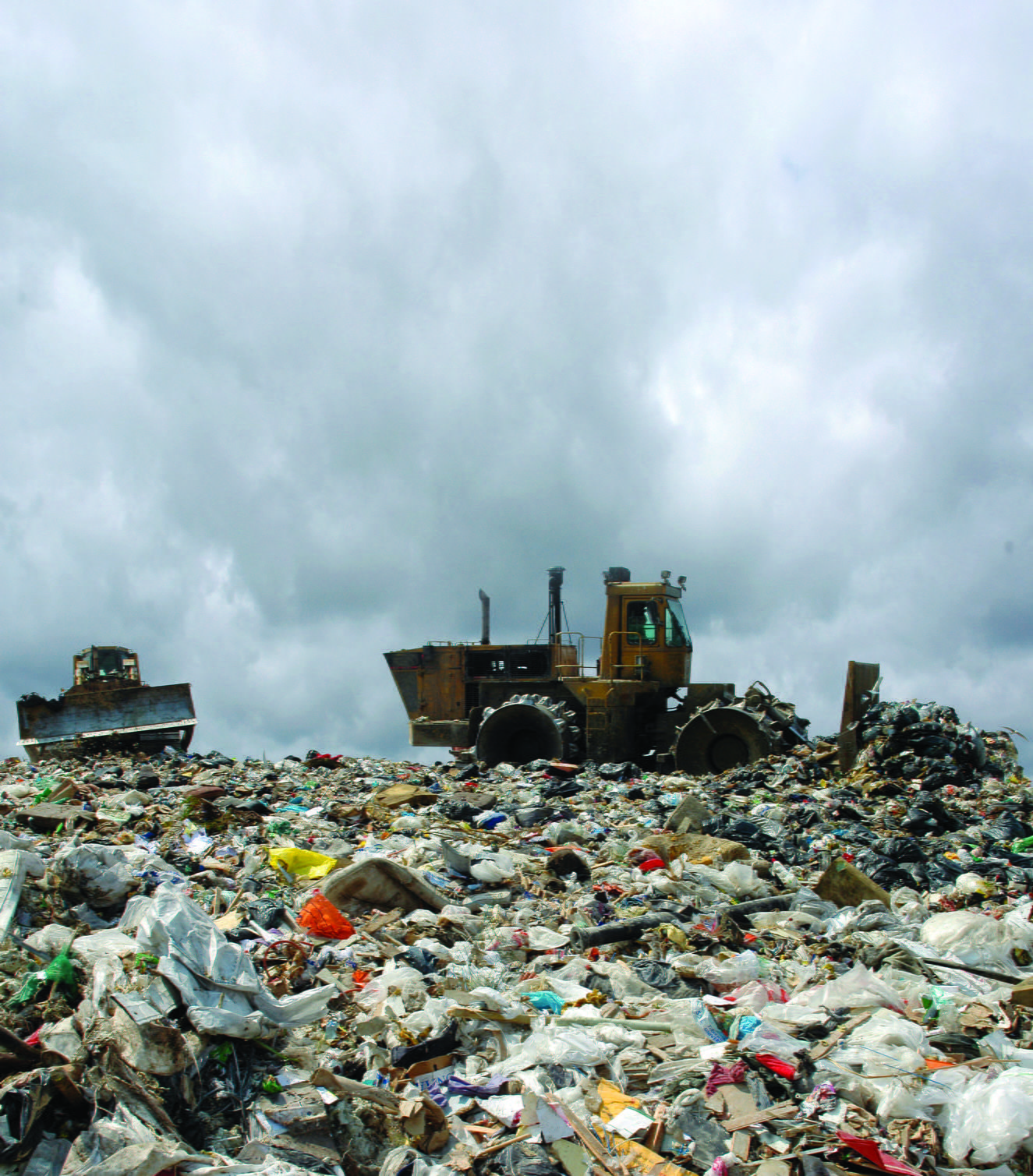
In the United States, rummaging among trash in a sanitary landfill is strictly forbidden, even for staff working on the premises. One day, a huge load of factory-fresh Barbie dolls arrived at Puente Hills Landfill, about twelve miles southeast of Los Angeles. Employers gathered to watch the dumping of thousands of Barbie dolls, a Pop-explosion of silken blondness, slender limbs and bright blotches of fabric on chewing gum-rosy skin suddenly impacting the blue Californian sky. By law, slightly defective and potentially harmful merchandise needed to be discarded. And by law also, no one was allowed to retrieve leggy beauties from the garbage pile. Photo from depositphotos.com.
In 2012, Mexico City’s enormous 927-acre landfill, Bordo Poniente, closed down, leaving 1,400 pepenadores (scavengers) without a job, and four hundred families without a dwelling, since many of the “pepenadores” used to live in and around the garbage dump. That same year, yet another garbage mountain in Latin America, Jardim Gramacho, home to 3,000 catadores, became a thing of the past. Located on the outskirts of Rio de Janeiro, and one of the three largest active landfills in the world, it is now a deserted site, a vast topography of abandoned garbage mounds.
Trash is as resilient as cockroaches, but less repugnant to some people and much less alien to human nature: we universally share (and fear) the fate of trash; we understand putrefaction, because putrefaction, ultimately, is what awaits us. This incontrovertible truth is what makes trash “moving” for artists and philosophers alike. It certainly explains why Slavoj Zizek openly embraces trash in a filmed documentary and feels at home at a dumping site (Examined Life, 2008); why Vic Muniz creates monumental trash art in Jardim Gramacho with the help of catadores (Waste Land, 2010); why Favio Chávez and Nicolás Gómez decide to build musical instruments out of garbage and get 35 children from Cateura, Paraguay’s biggest trash dump, to travel the world with their “Recycled Orchestra,” or “Landfill Harmonic” (https://www.youtube.com/watch?v=sJxxdQox7n0); and, finally, why “Eloísa Cartonera,” a work cooperative in Buenos Aires, proudly produces handmade books with cardboard covers: “We purchase […] cardboard from the urban pickers (cartoneros) who pick it from the streets. Our books are on Latin American literature, the most beautiful we had a chance to read in our lives”
(http://www.eloisacartonera.com.ar/ENGversion.html). “Eloísa Cartonera” started in 2003, and since then various countries in Latin America (and lately also in Europe and in Africa) have put forward similar initiatives. “Sarita Cartonera” (Peru), “Katarina Katadora” (Brazil), and “Santa Muerte Cartonera” (Mexico) are only three examples among many.
No matter how “movable” and “moving” (literally, and figuratively) trash may be, one likes to imagine it as something carefully contained. Garbage properly “stored” and put away brings peace of mind, as do corpses boxed and buried, or criminals confined to a cell. However, rubbish has a tendency to spill and to overflow, and more often than not, some of it invariably ends up on the street. And it is that particular type of trash—trash left behind, trash on the sidewalk, squished, squashed, and weathered—that Colombian artist Filomena Cruz recreates in her work. Her photographic series “Road Kill” painstakingly captures tiny “trash corpses” on the pavement. A piece of chewing gum with an “engraved” leaf; a flattened-out tube; a corroding paper napkin with a still intact heart; or a frog-green Crayola melting in the heat, all speak the language of “worthlessness” suddenly becoming meaningful (and moving). For one thing, trash corpses faithfully record city life, and they do so with the brevity, carefully measured emotionality, and poetic intensity of a haiku. For if we look at trash on the ground, we will probably imagine things very similar to the ones Filomena Cruz saw, namely, passersby chewing noisily and spitting, and golden autumn leaves silently falling from branches; children eagerly storming out of school during a hot day; heavy trucks with big tires carelessly driving over stuff; and people hurrying back to their offices after lunch, still holding napkins in their hands: all that we see, thanks to the trash that we don’t want to see. And thanks to Art: for Art shows how trash—even the one that stops moving, and particularly the one that lies squished, squashed, and weathered, almost fossilized, on the ground—has the potential to move: to move us, that is.

From upper left, clockwise: chewing gum with embedded autumn leaf; fossilized tube; corroded napkin; melting Crayola. (Series “Roadkill,” Filomena Cruz, 2014). Photo by Maite Zubiaurre.
Winter 2015, Volume XIV, Number 2
Maite Zubiaurre has a Ph.D. in Comparative Literature from Columbia University. She is a literary translator from German into Spanish, and Professor in Spanish and Germanic Literatures at UCLA. She recently published a scholarly monograph on early 20th-century Spanish textual and visual erotica, and is presently writing a book on the representations of waste in contemporary culture.
Related Articles
Garbage: Editor’s Letter
Religion is a topic that’s been on my ReVista theme list for a very long time. It’s constantly made its way into other issues from Fiestas to Memory and Democracy to Natural Disasters. Religion permeates Latin America…
Buenos Aires, Wasteland
English + Español
Walking down Avenida Juan de Garay last week, I passed a giant black trash bag that had ballooned and burst. Orange peels, tomatoes, candy wrappers…
First Take: Waste
Waste—its generation, collection and disposal—is a major global challenge in the 21st century. Cities are responsible for managing municipal waste. Solid…

